Discover the transformative power of scent layering in your home. This guide will walk you through the art of combining fragrances to create a harmonious and inviting atmosphere.
Learn how to evoke emotions, set the mood, and craft a unique olfactory experience that delights both residents and guests.
Explore perfect scent combinations and avoid common pitfalls to enhance your living space with aromatic elegance.
1. Selecting Your Base Scent
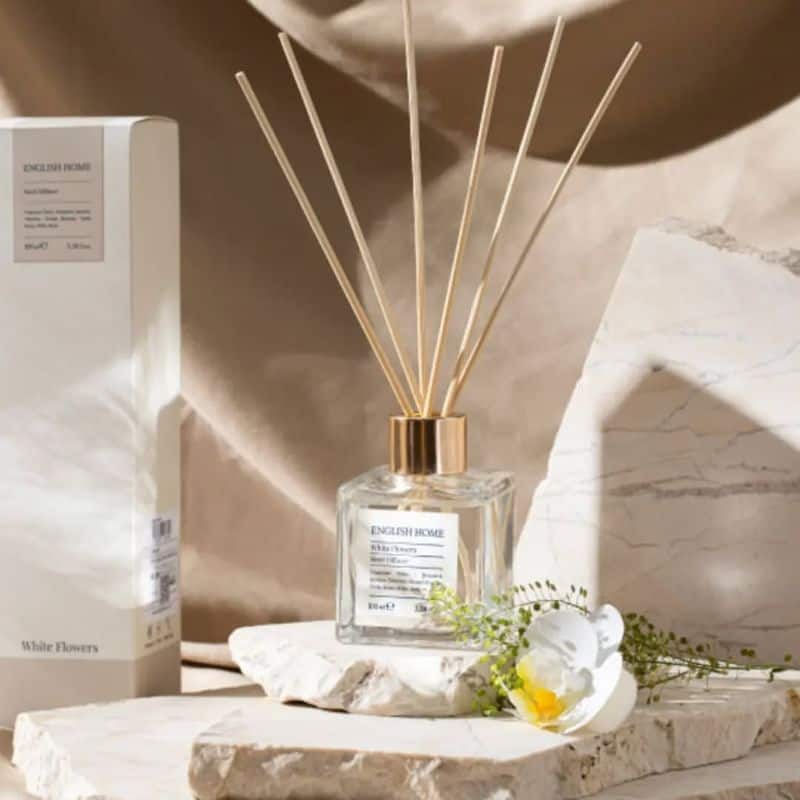
Choosing the right base scent sets the foundation for your aromatic journey. Opt for subtle fragrances like sandalwood or lavender, which provide a calming effect.
These scents create an inviting ambiance and help mask unwanted odors.
Consider how the base will blend with other layers. It’s important to ensure the scent doesn’t overpower. Test different combinations to achieve balance.
Once selected, your base will anchor the scent profile, allowing complementary layers to shine.
2. Understanding Top Notes
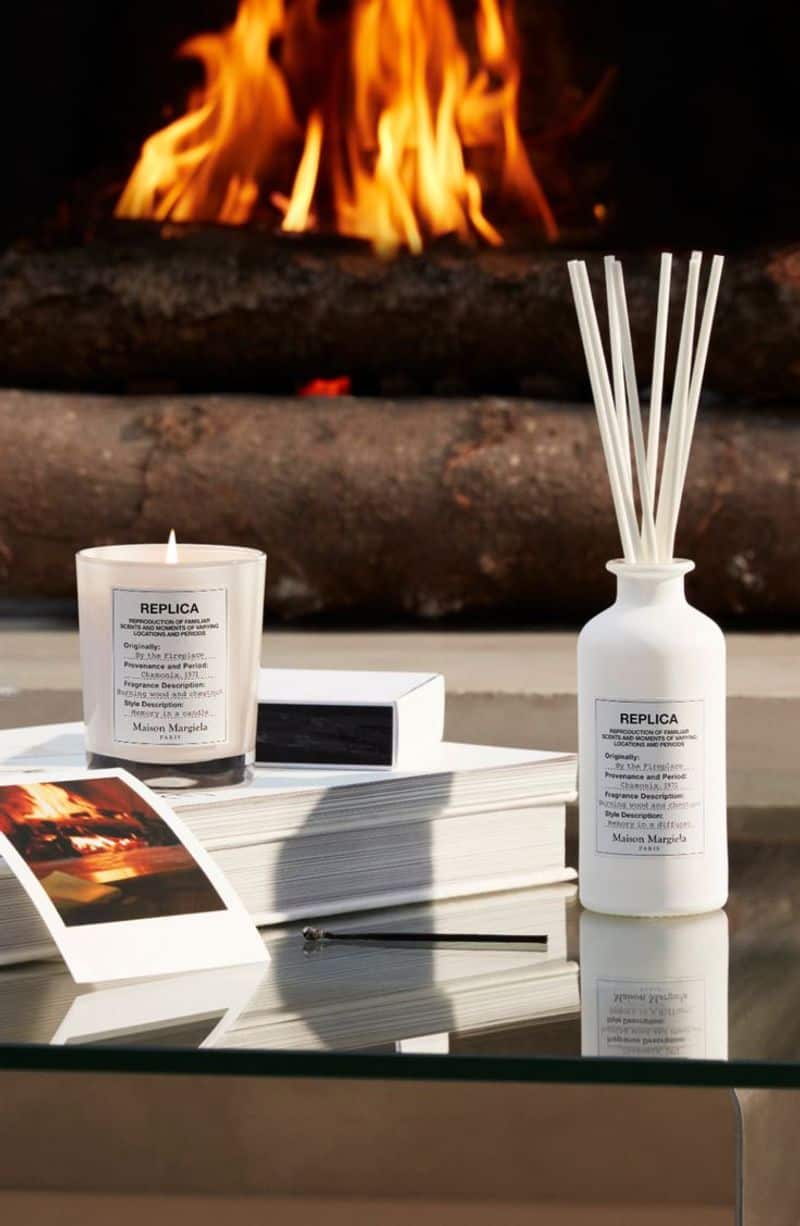
Top notes introduce the first impression of your scent ensemble. Light and refreshing, they include lemon, bergamot, and peppermint.
These fragrances energize and uplift, ideal for starting your day.
Top notes dissipate quickly, but they set a welcoming tone. Pair them with complementary middle notes for a harmonious effect.
Experiment with different top notes to find your perfect match, considering the mood and atmosphere you wish to create.
3. Balancing Middle Notes
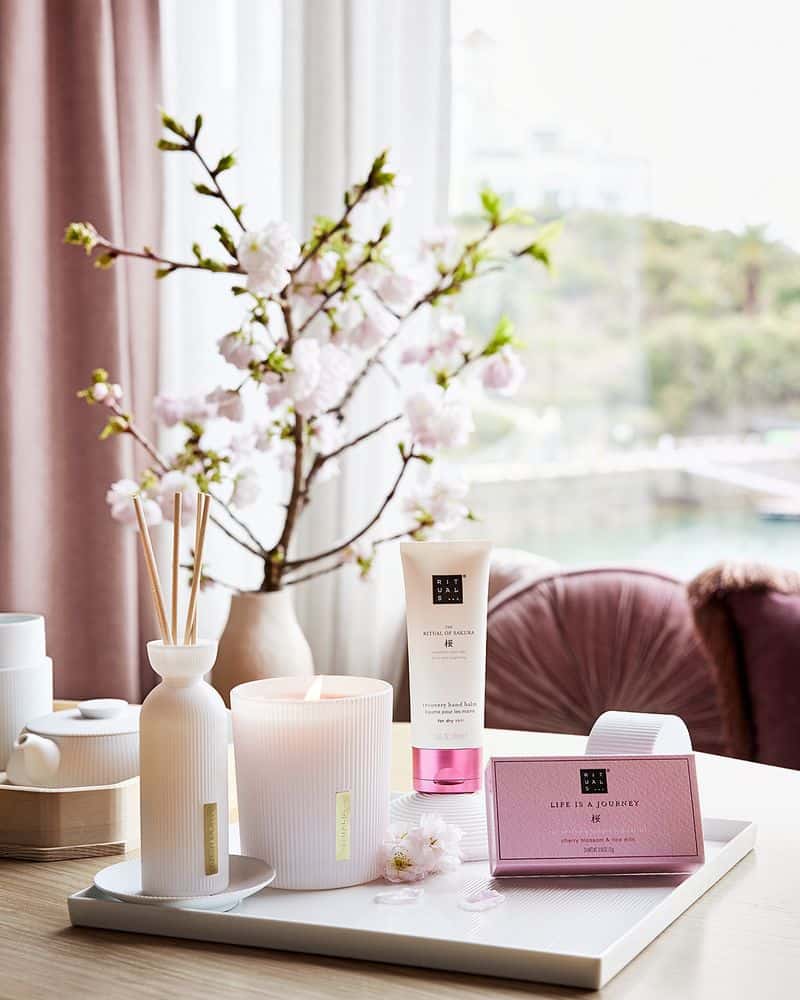
Middle notes are the heart of your fragrance, bridging top and base notes seamlessly. Think floral or herbaceous scents like rose, jasmine, or rosemary.
These provide depth and complexity.
They linger longer than top notes, maintaining the scent’s character. Balancing them requires careful consideration of the overall profile.
Choose middle notes that complement both base and top, creating a cohesive aromatic experience that evolves beautifully.
4. Combining Seasonal Scents
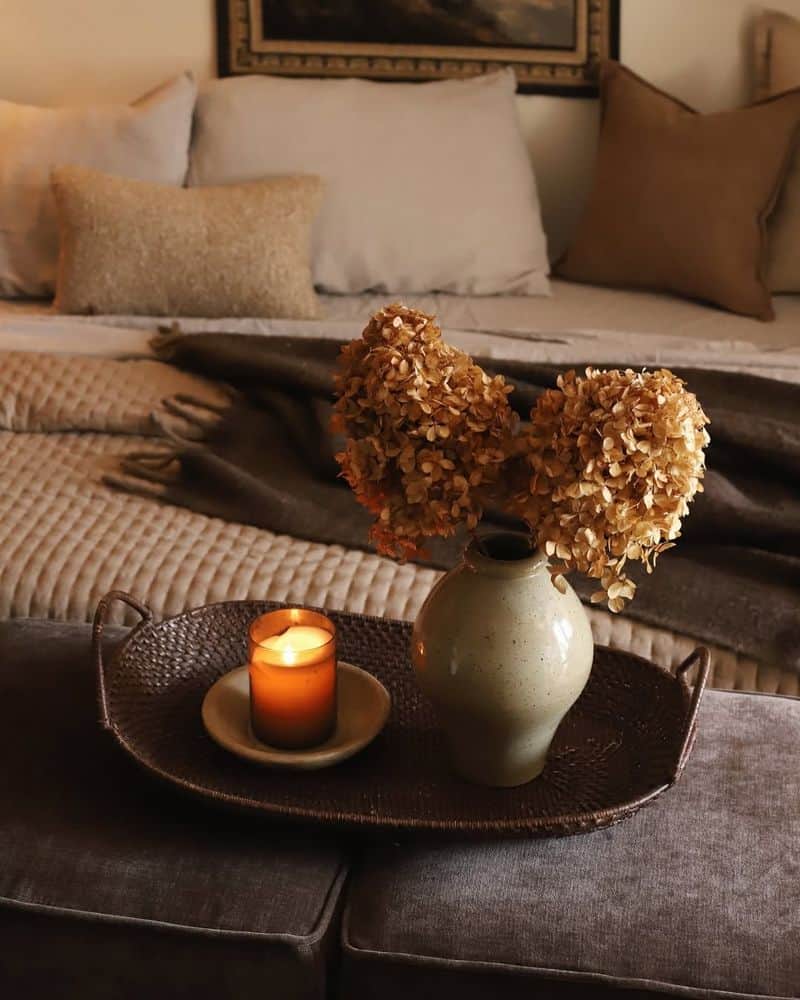
Seasonal scents add a festive dimension to your home. Think cinnamon and pine for winter, or citrus and floral for spring.
Such fragrances evoke memories and emotions tied to specific times of year.
When layering, ensure seasonal scents harmonize with your base and other layers. This enhances the thematic experience.
Adapt your combinations as seasons change, keeping your home environment fresh and resonant with the time of year.
5. Utilizing Diffusers and Candles
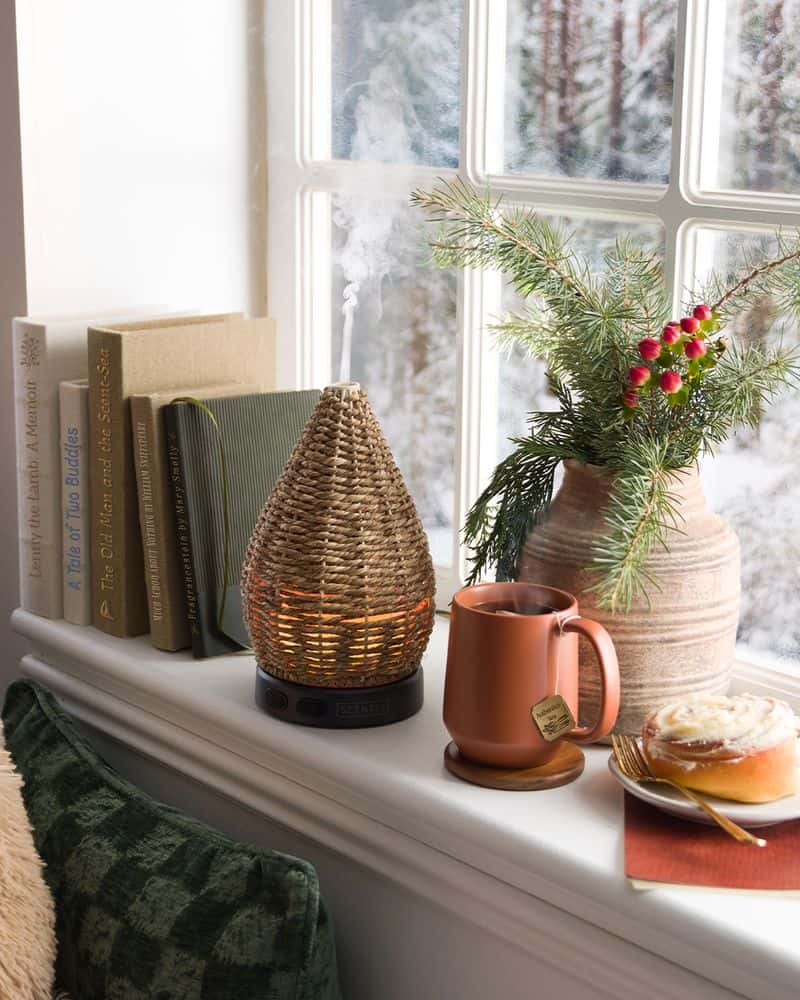
Diffusers and candles are versatile tools for scent layering. Diffusers offer a subtle release of fragrance, while candles add warmth and ambiance.
Choose devices that suit your space and scent goals. Combine different scents across diffusers and candles to create a layered effect.
Be mindful of the strength and duration of each source, ensuring they complement rather than compete. The right balance elevates your home’s aromatic landscape.
6. Creating Personal Scent Zones
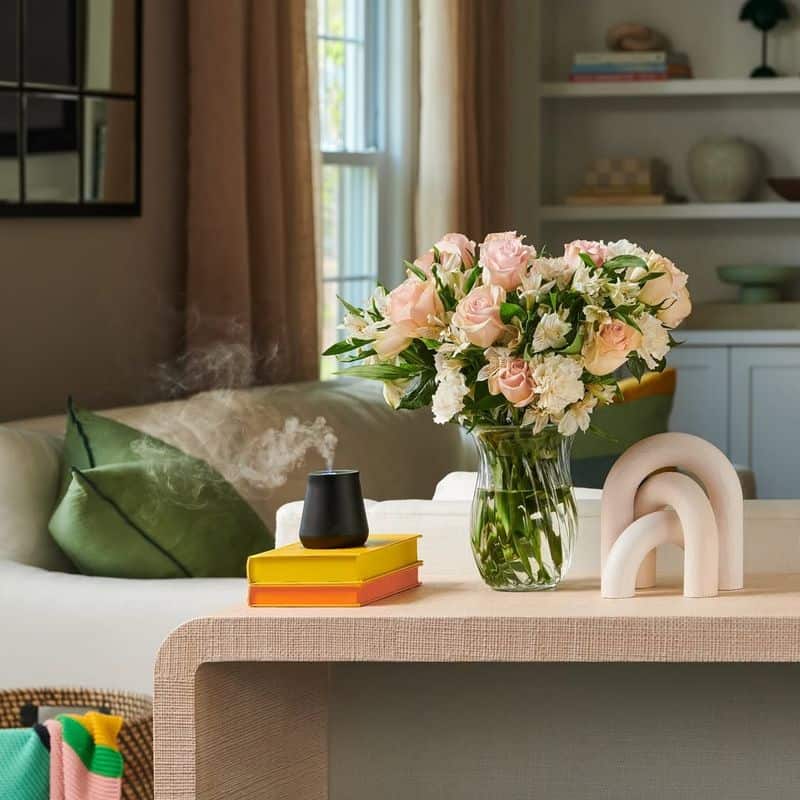
Personal scent zones tailor aromas to specific areas. Consider lavender in bedrooms for relaxation, or citrus in kitchens for freshness.
Designate scents that align with each room’s function, enhancing the space’s utility and mood. This personalized approach maximizes the impact.
Experiment with different zones to discover what works best for your household, transforming ordinary rooms into sensory experiences.
7. Avoiding Scent Overload
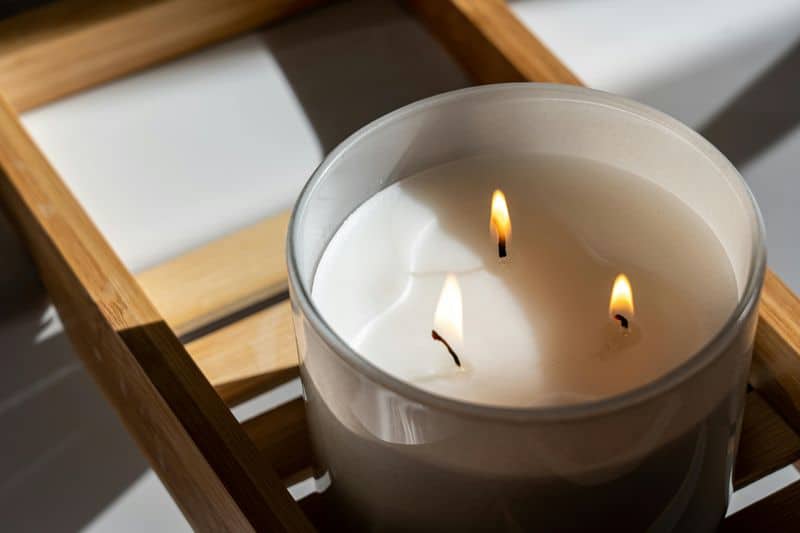
Scent overload can overwhelm the senses, detracting from the desired effect. Limit the number of fragrances in a single area to prevent clashing.
Consider the intensity of each scent, opting for subtlety over saturation. Layering should evoke comfort, not confusion.
If a combination feels too strong, adjust by reducing scent sources or choosing lighter notes. Balance is key to maintaining a pleasant environment.
8. Incorporating Natural Elements
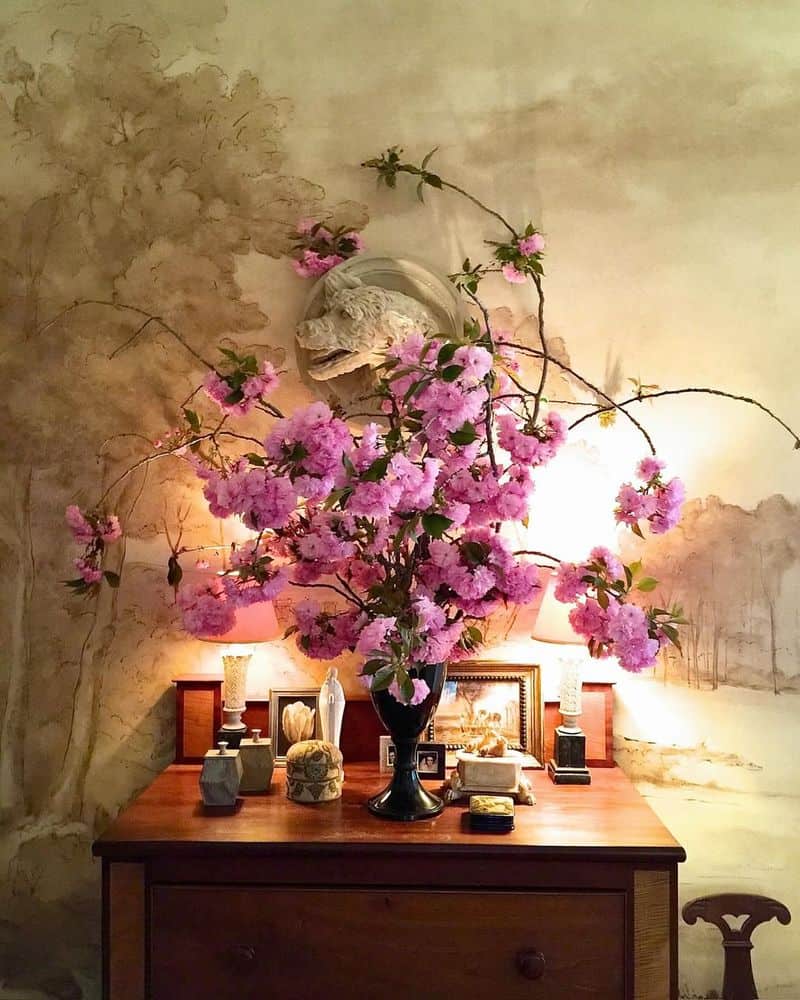
Natural elements enhance scent layering, providing authenticity and variety. Fresh flowers, herbs, and fruits introduce organic aromas.
These elements can complement synthetic scents, adding a touch of nature. Display them creatively around your home.
Experiment with combinations like lemon with thyme or rose with mint, crafting layers that reflect your personal style and preferences.
9. Mastering the Art of Transition
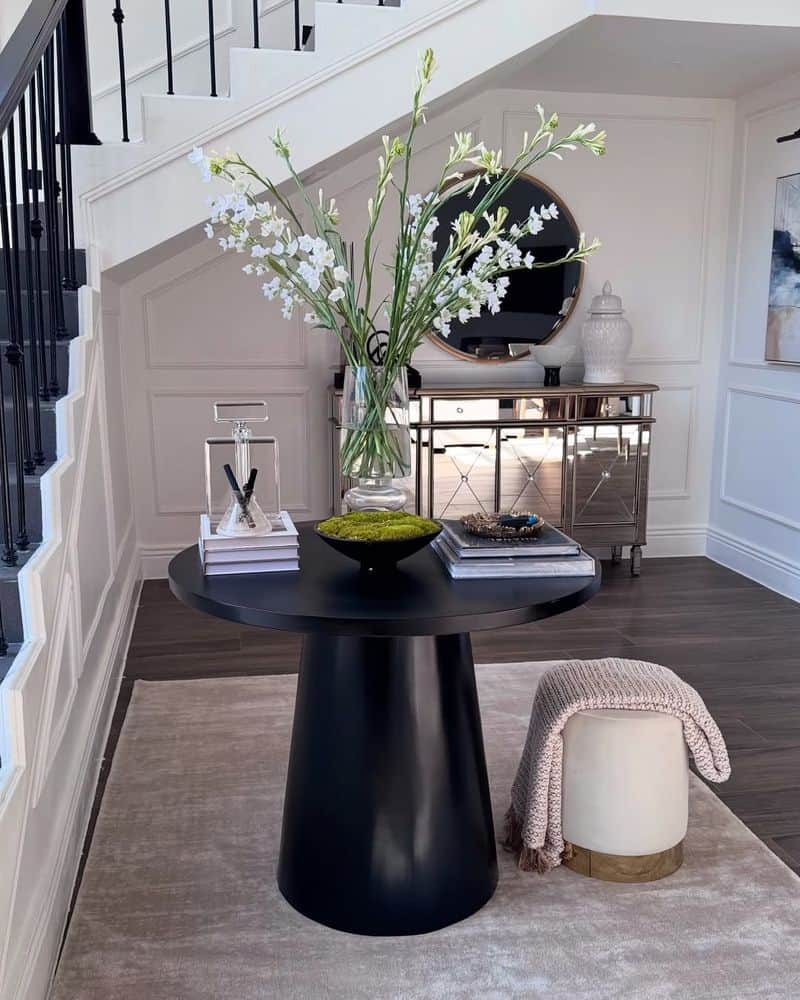
Transitions ensure a seamless scent journey as you move through your home. Use transitional scents in hallways or connectors between rooms.
Blends of neutral or complementary notes work best, creating a fluid aromatic experience. This practice enhances the overall ambiance.
Adjust as needed to maintain cohesion, ensuring each area flows naturally into the next without abrupt scent changes.
10. Customizing Your Signature Blend

Crafting a signature blend reflects your unique taste and style. Experiment with different oils to find a combination that resonates.
Consider your favorite scents and their emotional impact. Custom blends add a personal touch to your home, making it truly yours.
Document your creations, refining as needed. This ongoing process of discovery and customization keeps your aromatic environment dynamic and engaging.

